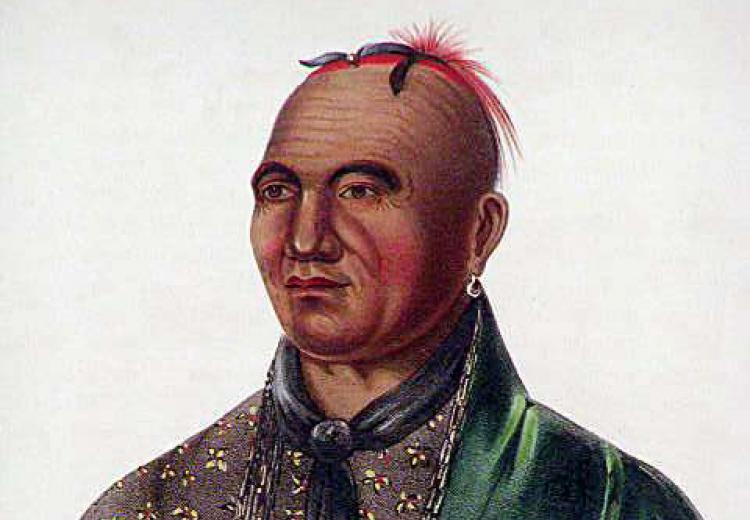Native Americans and the American Revolution: Choosing Sides

Joseph Brant or Thayendanegea, Mohawk chief, led four of the "Six Nations" against the American rebels.
At the outbreak of the Revolutionary crisis in the 1760s, Native Americans faced a familiar task of navigating among competing European imperial powers on the continent of North America. At the close of the era in the 1780s, Native Americans were confronted with new concepts—citizenship, land treaties, a nation-state—with the creation of the United States of America. During the years of conflict, Native American groups, like many other residents of North America, had to choose the loyalist or patriot cause—or somehow maintain a neutral stance. But Native Americans had issues distinct from those of the colonists in trying to hold on to their homelands as well as maintain access to trade and supplies as war engulfed their lands. Some Indigenous peoples allied with the British, while others fought alongside the American colonists.
In this lesson, students will analyze maps, treaties, congressional records, first-hand accounts, and correspondence to determine the different roles assumed by Native Americans in the American Revolution and understand why the various groups formed the alliances they did.
Guiding Questions
Why did some Native American groups become involved in the American Revolution?
What did it mean to be a Native American in the newly formed United States of America?
Learning Objectives
Analyze the differing motives and perspectives among Native Americans for participating in the American Revolution.
Analyze the differing motives and perspectives among Patriots and Loyalists for aligning with Native Americans during the American Revolution.
Evaluate the consequences for Native Americans at the conclusion of the American Revolution.
Evaluate the extent to which agreements with Native Americans at the end of the American Revolution had ramifications through today.
